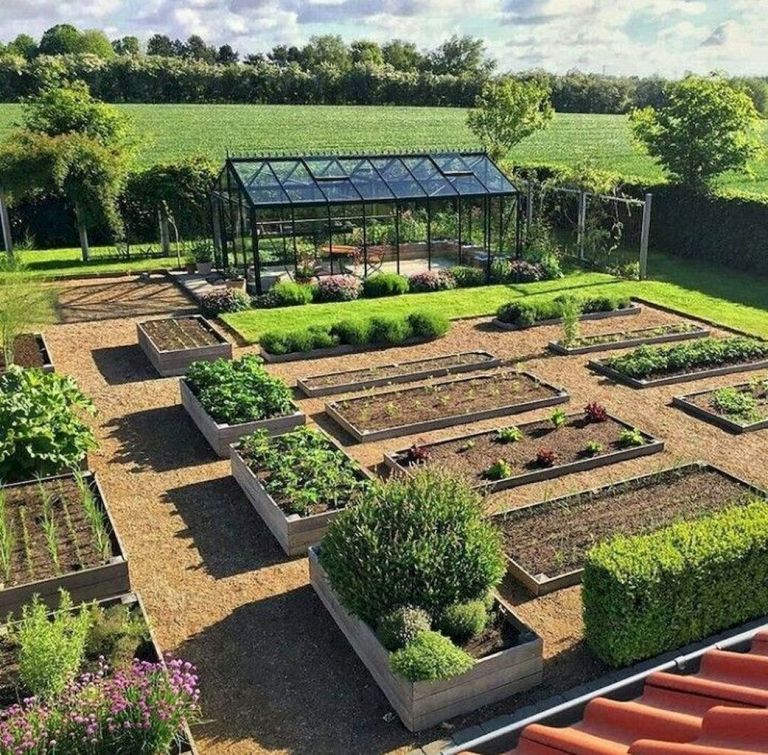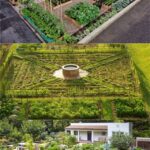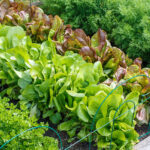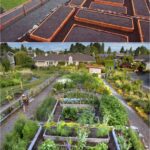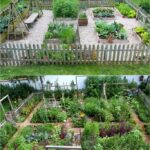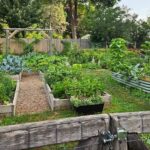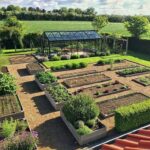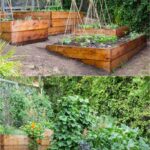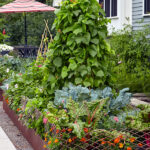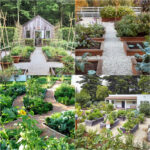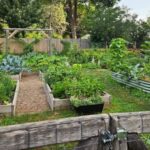When it comes to designing a vegetable garden, there are several key factors to consider in order to create a successful and productive space. First and foremost, it’s important to choose a location that receives plenty of sunlight throughout the day. Most vegetables require at least 6-8 hours of direct sunlight to thrive, so be sure to select a spot in your yard that meets this criteria.
In addition to sunlight, it’s also important to consider the layout and size of your garden. Raised beds are a popular choice for vegetable gardens, as they provide good drainage and make it easier to control soil quality. When planning the layout of your garden, be sure to leave enough space between rows for easy access and maintenance. It’s also a good idea to group vegetables with similar watering and sunlight needs together to make care and maintenance more efficient.
Another important aspect of vegetable garden design is soil quality. Vegetables require fertile, well-draining soil in order to grow healthy and strong. Consider testing your soil and amending it with compost or other organic matter to ensure your plants have the nutrients they need to thrive. Adding a layer of mulch to your garden beds can also help retain moisture and reduce weeds, saving you time and effort in the long run.
When selecting which vegetables to include in your garden, it’s important to consider both your own preferences and the climate in your region. Some vegetables, like tomatoes and peppers, require a longer growing season and warmer temperatures, while others, like lettuce and spinach, thrive in cooler weather. Be sure to choose a mix of both to keep your garden productive throughout the year.
Finally, don’t forget about water. Vegetables need consistent watering to grow and produce a good harvest. Consider installing a drip irrigation system or soaker hoses to ensure your plants receive the right amount of water without wasting it. Be sure to water your garden in the early morning or late evening to minimize evaporation and ensure efficient absorption by the plants.
In conclusion, designing a vegetable garden requires careful planning and consideration of several key factors, including sunlight, layout, soil quality, plant selection, and watering. By taking the time to create a well-designed and well-maintained garden, you can enjoy a bountiful harvest of fresh, homegrown vegetables throughout the year.
